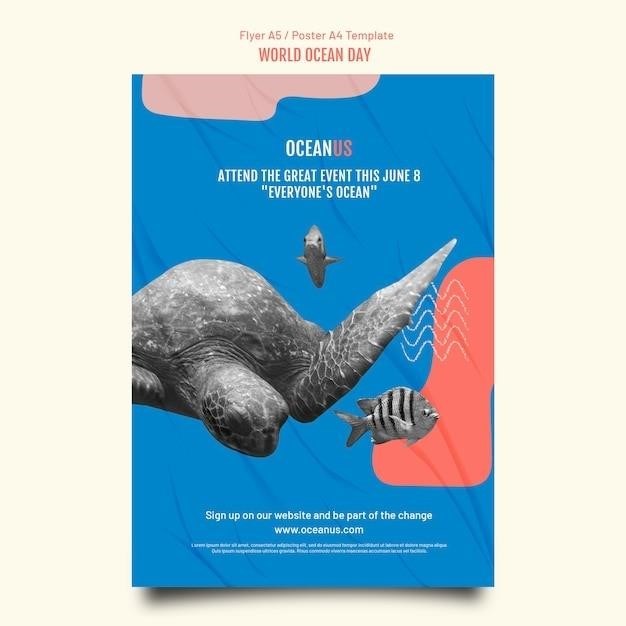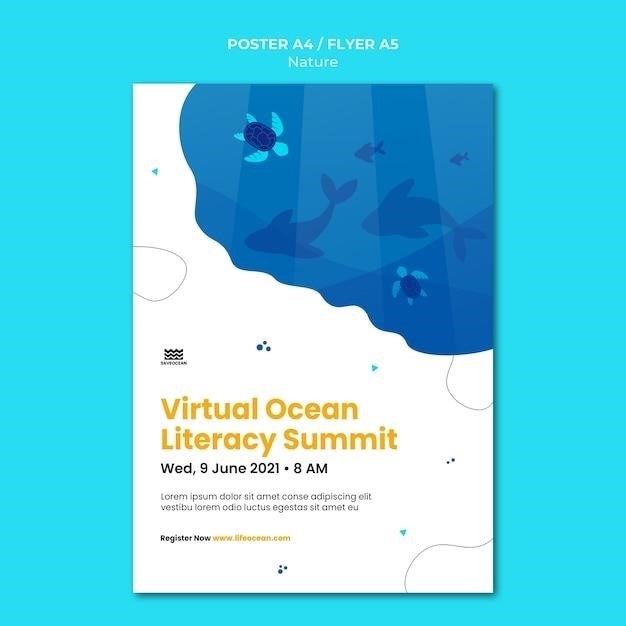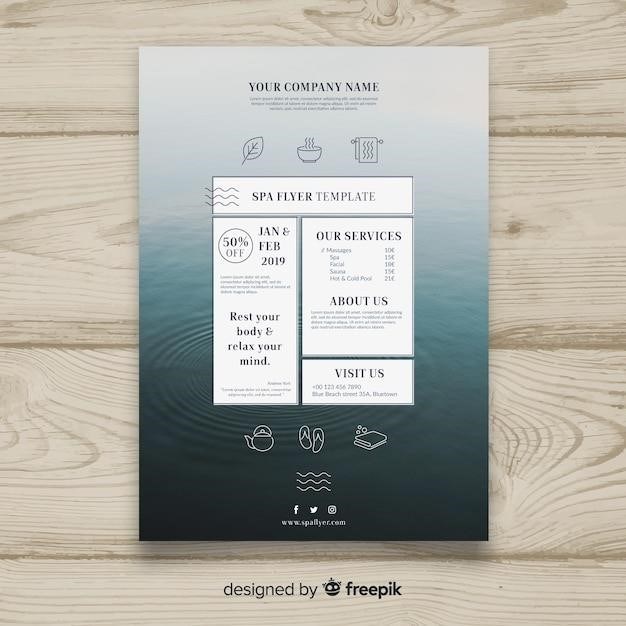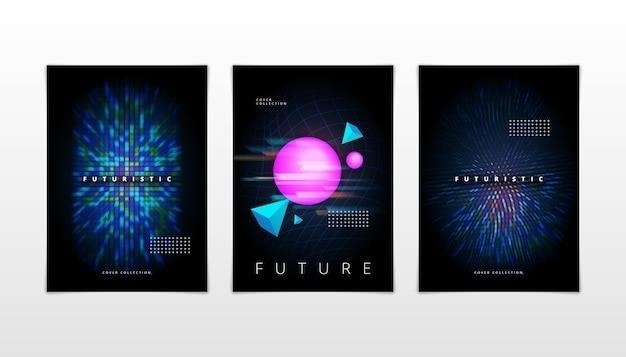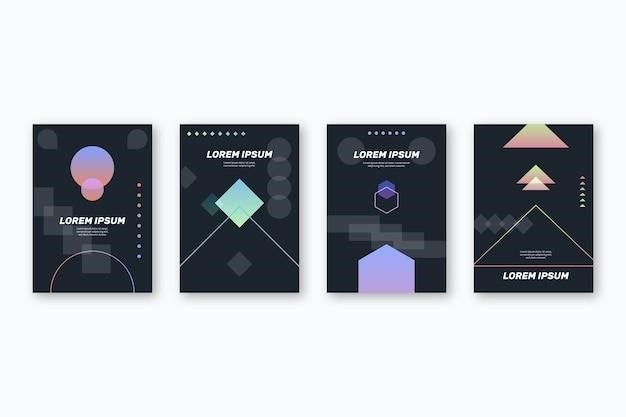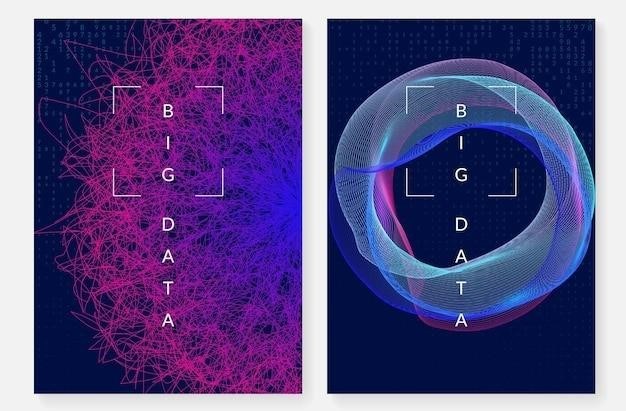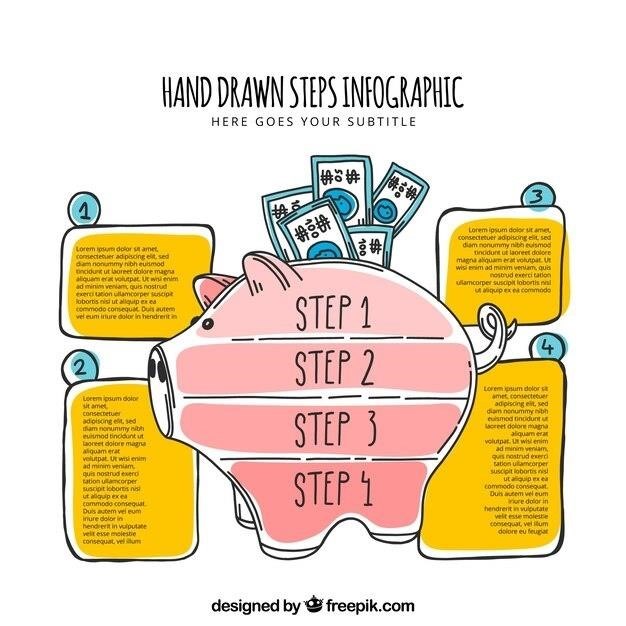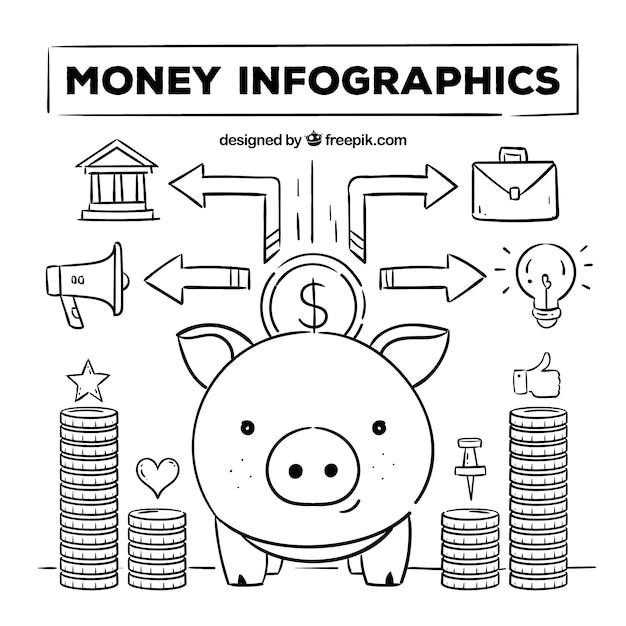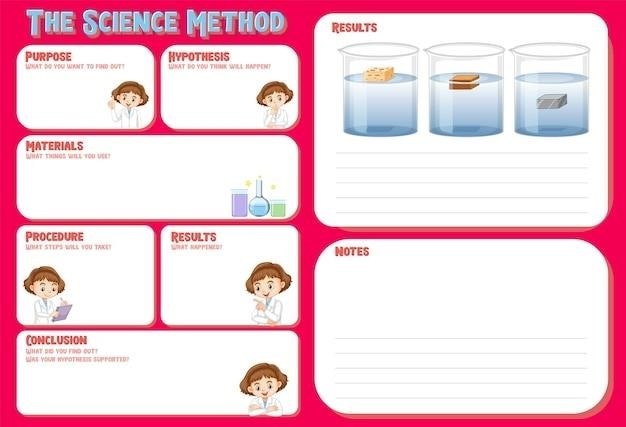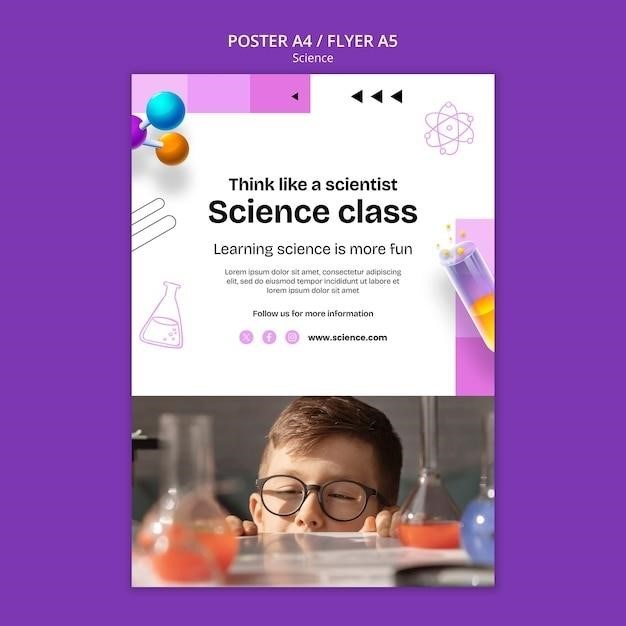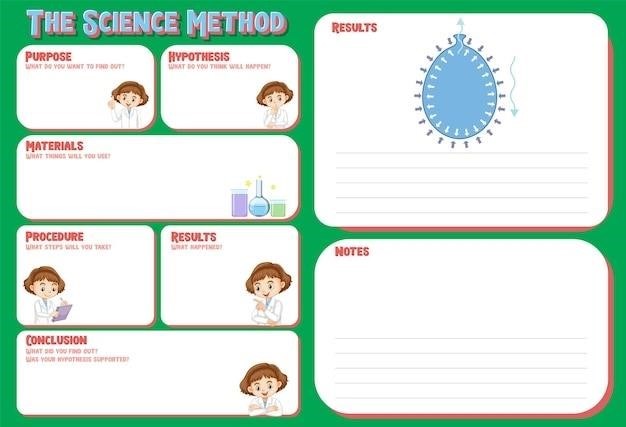Massachusetts 2A/1C Hoisting License Study Guide
This guide will provide you with all the information you need to prepare for the Massachusetts 2A/1C Hoisting License exam. It will cover everything from the different types of licenses and their requirements to the exam content and passing score. We’ll also provide you with valuable resources for studying, including online courses, study guides, and practice tests. By the end of this guide, you’ll be well-equipped to pass the exam and obtain your Massachusetts 2A/1C Hoisting License.
Understanding the 2A and 1C Licenses
The Massachusetts 2A and 1C Hoisting Licenses are essential for individuals operating certain types of heavy machinery within the state. The 2A license authorizes the operation of front-end loaders, backhoes, and excavators, while the 1C license permits the operation of hydraulic “book” lifts without cables, forklifts, and lulls. These licenses are crucial for ensuring safe and compliant operation of these powerful machines, protecting both operators and the public.
Understanding the specific requirements and limitations of each license is vital. It is crucial to know which types of equipment require a 2A or 1C license, as operating without the proper authorization can lead to fines, penalties, and potential legal ramifications. The Massachusetts Department of Public Safety, through the Office of Public Safety and Inspections (OPSI), is responsible for issuing, regulating, and enforcing these licenses, ensuring that only qualified individuals operate these machines.
The 2A and 1C licenses are not interchangeable. They are distinct classifications with specific operating permissions. Obtaining both licenses might be beneficial for individuals working in diverse environments requiring the operation of various types of equipment. However, it’s essential to understand the specific requirements for each license and ensure you meet the necessary qualifications before applying.
Exam Preparation Resources
Preparing for the Massachusetts 2A/1C Hoisting License exam requires a comprehensive approach and access to reliable resources. The exam covers a wide range of topics, including equipment operation, safety protocols, and relevant state regulations. To ensure success, it is crucial to utilize a combination of study materials and practice resources.
Numerous online courses are available specifically designed for the 2A/1C Hoisting License exam. These courses offer comprehensive instruction, covering the required knowledge base in a structured format. They often include interactive quizzes and practice tests to reinforce learning and assess progress. Some courses even provide access to past exam questions, giving candidates a realistic understanding of the exam’s difficulty and structure.
Study guides and practice tests are invaluable tools for exam preparation. They provide concise summaries of key concepts, definitions, and regulations, making it easier to review and retain information. Practice tests allow candidates to familiarize themselves with the exam format, question types, and time constraints, building confidence and reducing exam anxiety.
Online Courses
Online courses have emerged as a popular and convenient method for preparing for the Massachusetts 2A/1C Hoisting License exam. These courses offer a flexible and accessible learning experience, allowing candidates to study at their own pace and from anywhere with an internet connection. They typically encompass a comprehensive curriculum, covering all the essential topics required to pass the exam.
One notable provider of online courses for the 2A/1C Hoisting License is MA Hoisting License. Their courses are designed by industry experts and feature narrated lessons, interactive quizzes, and practice tests. They offer both one-month and four-month access options, catering to individual learning preferences and time constraints. The course materials cover a wide range of topics, including equipment operation, safety procedures, and relevant state regulations.
Another online course provider, Mass 1B Hoisting License Test Preparation Online Course, specializes in offering online courses for the 1B Hoisting License exam. They provide a similar learning experience to MA Hoisting License, with narrated lessons, quizzes, and practice tests. These courses are designed to help candidates master the specific material needed to pass the 1B exam, providing a focused and effective learning approach.
Study Guides and Practice Tests
Study guides and practice tests play a crucial role in helping candidates prepare for the Massachusetts 2A/1C Hoisting License exam. They provide a structured and comprehensive approach to learning the required material, reinforcing key concepts, and familiarizing candidates with the exam format. These resources are available in various formats, including physical books, online platforms, and downloadable PDFs.
Many online platforms offer comprehensive study guides and practice tests specifically designed for the 2A/1C Hoisting License exam. These platforms often include interactive quizzes, flashcards, and detailed explanations of key concepts. Some platforms even provide access to past exam questions, offering valuable insights into the types of questions candidates can expect. Physical study guides can also be found at bookstores or online retailers, providing a more traditional learning experience.
When choosing a study guide or practice test, it’s essential to ensure it covers all the relevant topics for the Massachusetts 2A/1C Hoisting License exam. The guide should include information on equipment operation, safety procedures, state regulations, and any other topics covered in the official exam syllabus. Additionally, look for guides that offer practice tests with realistic exam-style questions to gauge your understanding and identify areas where you need further study.
Massachusetts Hoisting License Exam Information
The Massachusetts Hoisting License exam is a crucial step in obtaining the necessary credentials to operate specific types of heavy machinery in the state. The exam is designed to assess candidates’ knowledge of safety procedures, equipment operation, state regulations, and other relevant topics. Understanding the exam format, content, and passing score is essential for successful preparation.

The exam is typically a multiple-choice format, consisting of approximately 40 questions. There is currently no practical component on the state exam, focusing solely on written knowledge. Candidates are required to achieve a minimum score of 70% to pass the exam and earn their Hoisting License. The exam covers a wide range of topics, including but not limited to⁚
- Safe operation of hoisting equipment
- Inspection procedures for hoisting machinery
- State laws and regulations related to hoisting operations
- Hand signals and communication protocols
- Emergency procedures and accident prevention
The Massachusetts Department of Public Safety (DPS) administers the exam, and candidates can find detailed information about the exam process, scheduling, and fees on the DPS website. Studying diligently and utilizing available resources can significantly increase your chances of success in the Massachusetts Hoisting License exam.
Requirements and Application Process
To obtain a Massachusetts 2A/1C Hoisting License, applicants must meet specific requirements and navigate a defined application process. The process involves a combination of eligibility criteria, documentation submission, and exam completion. Understanding these steps is essential for ensuring a smooth and successful application.
The primary requirement for applying for a Hoisting License is that the applicant must be at least 18 years old. Additionally, a valid driver’s license is typically required, along with any other specific documentation outlined by the Massachusetts Department of Public Safety (DPS). The application process typically involves⁚
- Completing an application form, which can usually be obtained online or from the DPS office
- Providing proof of identity and residency
- Submitting any required documentation, such as a driver’s license or other relevant credentials
- Paying a non-refundable application fee
Once the application is submitted, the DPS will review it to ensure all requirements are met. If the application is approved, the applicant will be scheduled to take the Hoisting License exam. It’s important to note that the specific requirements and application procedures might be subject to change, so it’s always advisable to refer to the latest information from the DPS website.
Exam Content and Passing Score
The Massachusetts 2A/1C Hoisting License exam is designed to evaluate an applicant’s knowledge and understanding of safe operating practices, equipment operation, and relevant regulations. The exam is a multiple-choice format, typically consisting of around 40 questions. The questions cover a broad range of topics, encompassing safety procedures, equipment functionality, hand signals, and legal requirements. The exam is administered by the Office of Public Safety and Inspections (OPSI).
To successfully obtain the 2A/1C Hoisting License, applicants must achieve a minimum passing score of 70%. This means that at least 70% of the answers must be correct. The exam is designed to ensure that only individuals who demonstrate a comprehensive understanding of the required knowledge and skills are granted the license. The exam content and passing score may be subject to periodic updates or changes, so it’s essential to consult the latest information from the OPSI website.
Preparing adequately for the exam is crucial for maximizing your chances of success. Utilizing study guides, practice tests, and online courses can help you familiarize yourself with the exam format, content, and required knowledge. Understanding the exam’s structure and content will allow you to focus your study efforts effectively.
Hoisting Equipment and Safety Procedures
The 2A/1C Hoisting License covers a range of equipment used in various construction and industrial settings. Understanding the specific equipment types, their operation, and the associated safety procedures is crucial for safe and efficient work. The 2A license authorizes operation of front-end loaders, backhoes, and excavators, while the 1C license allows the operation of hydraulic booms (without cables), forklifts, and lulls.
Safety procedures for operating hoisting equipment are paramount. These procedures encompass pre-operation inspections, proper operation techniques, and emergency response protocols. Pre-operation inspections involve thoroughly checking the equipment for any defects, damage, or missing components. Proper operation techniques include adhering to load limits, maintaining a safe distance from other equipment, and using appropriate hand signals for communication.

Emergency response protocols involve knowing how to react in case of equipment failure or an accident. Understanding the specific safety procedures for each type of equipment is crucial to ensure the safety of yourself and others. The 2A/1C Hoisting License exam will test your knowledge of these safety procedures, and it’s essential to study and review the information thoroughly.
Continuing Education for Hoisting License Holders
In Massachusetts, maintaining a valid 2A/1C Hoisting License requires ongoing continuing education. This ensures that license holders stay updated on the latest safety regulations, best practices, and industry advancements. The Massachusetts Department of Public Safety (DPS) mandates continuing education courses for license renewal.
These courses are typically offered by approved training providers, such as Mass Nail It, LLC, which specializes in continuing education for hoisting licenses. The curriculum covers a range of topics, including updated safety regulations, new equipment technologies, accident prevention, and best practices for operating hoisting equipment.
By completing these courses, license holders demonstrate their commitment to safety and professional development. It also helps them to stay informed about changes in the industry and avoid potential legal issues. The frequency and content of required continuing education courses may vary, so it’s essential to check with the DPS for the most up-to-date information.
Resources for Hoisting License Renewal
Renewing your Massachusetts 2A/1C Hoisting License involves a few key steps, and having the right resources can make the process smooth and hassle-free. The Massachusetts Department of Public Safety (DPS) is the primary source of information for renewal requirements and procedures. Their website provides detailed instructions, application forms, and renewal fees.
You’ll need to complete continuing education courses approved by the DPS, which are typically offered by specialized training providers. These courses ensure that you stay up-to-date on the latest safety regulations and industry best practices. Make sure to check the DPS website for a list of approved providers and course offerings.
Once you’ve completed the necessary continuing education, you can submit your renewal application online or by mail. The DPS will review your application and issue a new license if all requirements are met. Keep in mind that there may be renewal fees associated with this process. By staying organized and utilizing the resources provided by the DPS, you can ensure a seamless renewal process for your 2A/1C Hoisting License.








